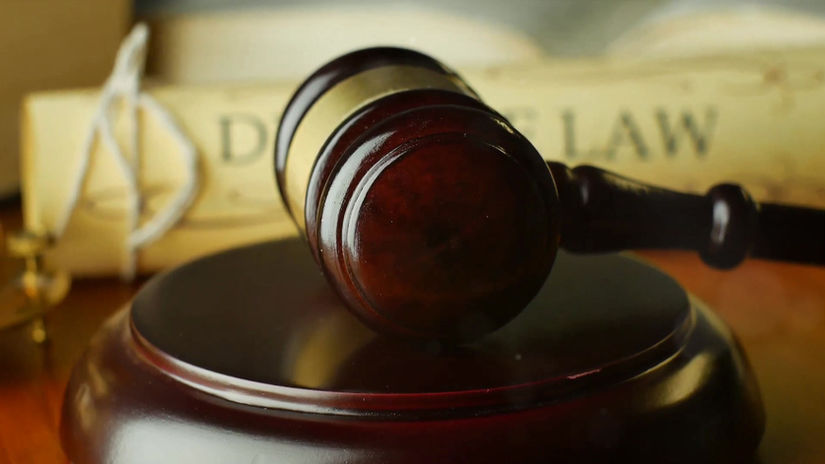HOA UNL M TED

LEARNING CENTER
Home > Learning Center

"PROUDLY SERVICING THE BAY AREA, CA BY ENHANCING COMMUNITIES"
(250+) EDUCATIONAL VIDEO LEARNING
HOA EDUCATION AND TRAINING
(PREMIUM) LEGAL CASE STUDY LEARNING
(100+) Legal Case Study Learning
FREE FOR OUR CLIENTS

HOA Unlimited LLC - (200+) blogs our platform is dedicated to providing informative and educational content tailored for homeowners and board members involved in Homeowners Associations (HOAs). The blogs created by HOA Unlimited LLC aim to empower and educate readers by offering valuable insights, guidance, and practical information related to the management and governance of residential communities.
The focus of the blogs is on enhancing the understanding of homeowners and board members regarding their roles, responsibilities, and rights within the context of HOAs. Topics covered include best practices in community management, effective communication strategies, legal considerations, and financial management tips.
With a commitment to delivering high-quality and relevant content, HOA Unlimited LLC strives to address common challenges faced by homeowners and board members, fostering a sense of community engagement and collaboration. Through its educational blogs, the platform serves as a valuable resource for individuals seeking to navigate the complexities of HOA living, ultimately contributing to the overall well-being and harmonious functioning of residential communities.

(200+)


HU 200 "Palette Harmony: Elevating Community Aesthetics with HOA Exterior Paint Brilliance"


HU 199 "EcoHarbor: Illuminating Excellence with HOA Energy Efficiency Brilliance"


HU 198 "Harvesting Harmony: Nurturing Community Bonds with HOA Community Garden Bliss"


HU 197 "Harmony in Homeownership: Navigating Community Conflicts through HOA Dispute Resolution"


HU 196 "Guardians of Stability: Ensuring Community Resilience through HOA Insurance Coverage Review"


HU 195 "Educational Horizons: Empowering Community Excellence with HOA School Updates"


HU 194 "Community Pulse: Navigating Excellence Through HOA Annual Surveys"


HU 193 "Knowledge Base: Illuminating Community Excellence through HOA Resident Education"


HU 192 "FrostGuard Harmony: Crafting Community Safety and Well-being with HOA Snow Removal Mastery"


HU 191 "Luminous Haven: Illuminating Community Excellence with HOA Common Area Lighting"


HU 190 "Splash Harmony: Crafting Community Joy and Safety with HOA Pool and Recreation Center"


HU 189 "Green Horizons: Transforming Communities Through Eco-Friendly Excellence in HOA"


HU 188 "Beyond Boundaries: Elevating Homeownership with Pristine Common Area Maintenance"


HU 187 "Community Synergy Unleashed: The Vital Role of HOA Committees in Nurturing a Thriving"


HU 186"Democracy in Bloom: The Crucial Role of HOA Board Member Elections in Community Governance"


HU 185 "Green Harmony: Elevating Community Aesthetics through Thoughtful Landscaping Standards"


HU 184 "Safe Haven Playgrounds: Elevating Child Safety Through Rigorous Equipment Inspections in HOA


HU 183 "Harmony in Action: Uniting HOA Residents Through Inspiring Volunteer Programs"


HU 182 "Blossoming Together: Elevating HOA Living Through Collaborative Community Beautification"


HU 181 "Image Craft Mastery: Elevating HOA Community Perceptions Through Strategic Public Relations"


HU 180 "Guardians of Urban Elegance: Strategies for Graffiti Prevention and Community Vigilance"





















